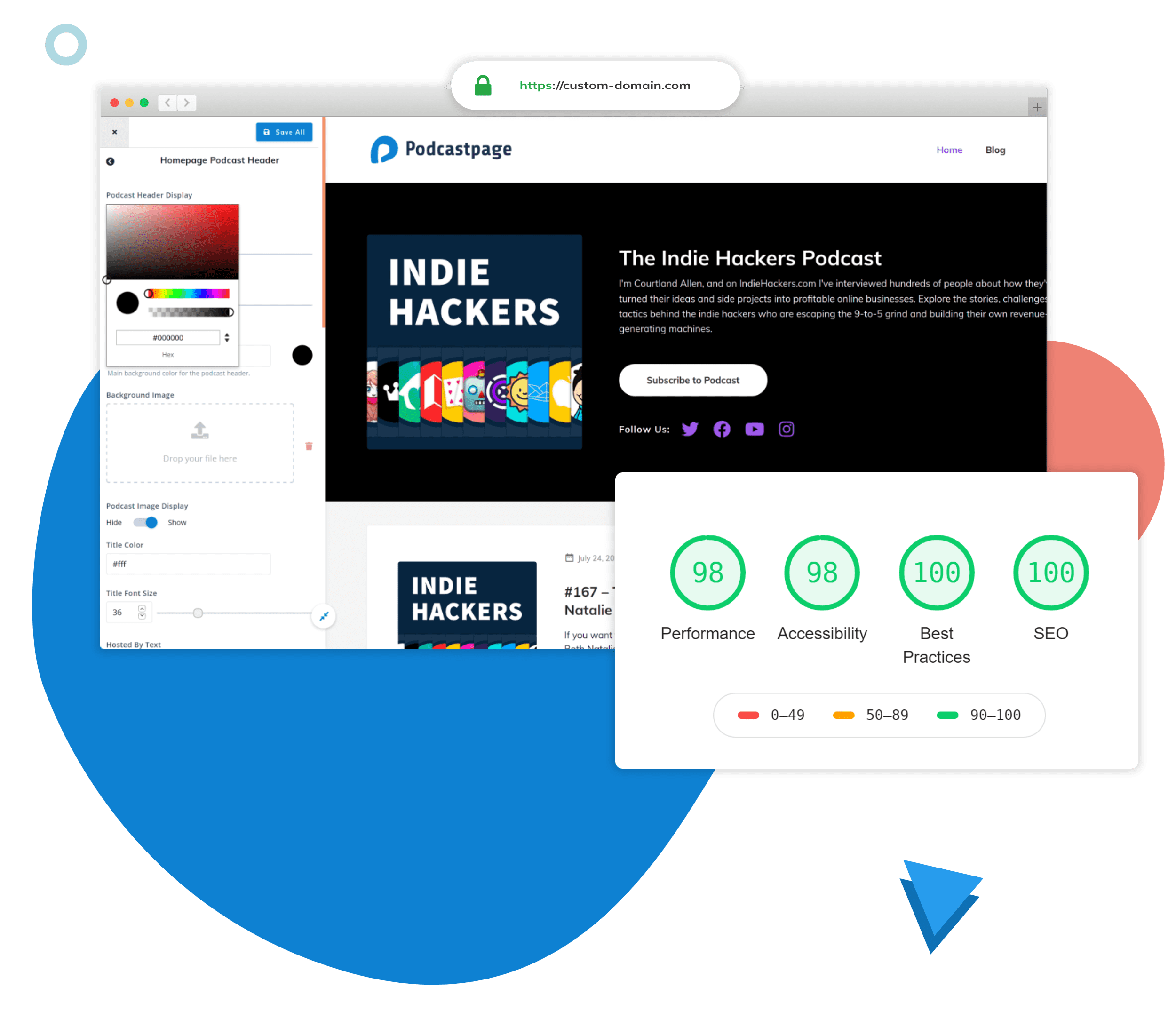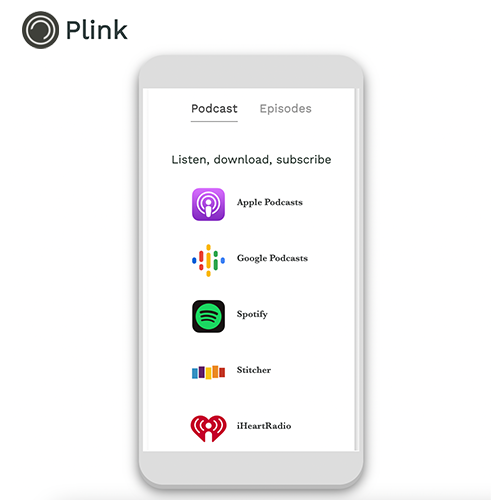6 tools to help podcasters boost their audiences
Nowadays, podcasters have countless online tools to help them grow their audience, from platforms to enhance branding and graphics to video streaming suites and transcription software. The podcast marketing process has never been easier.
Whether you are new to the podcasting industry and looking to expand your reach on social media or a seasoned podcaster wanting to elevate your brand, podcasters’ number of marketing tools is growing every day. These six tools will help you streamline the process of boosting your audience and reaching new potential fans.
1. Headliner (Headliner.app)
Videos are not only an excellent way to impress your social media followers but can help you to reach new audiences outside of your normal reach. The ‘algorithm’ loves video content. Since most social media mobile applications have introduced auto-play on videos, the need to create short, attention-grabbing videos have only grown in the past years. Until recently, podcasters would have to download and learn how to use a video editing suite. Suppose they wanted to make a video to promote their podcast.
Since 2018, however, Headliner has enabled podcasters to create ‘audiograms,’ which are simple videos made of audio highlights played over a static or moving image. You can add closed captions and animated graphics, as well as different layers of music and audio. Users can create, edit and export audiograms directly. Each Headliner user gets ten non-watermarked videos per month.
Best of all, LaunchpadOne has an integration with Headliner built in to the podcaster's dashboard. Check out our other blog post here for more details and instructions on getting started with Headliner!
2. Podcastpage (Podcastpage.io)
Not every podcaster has the time to maintain an entire website for their show. Podcastpage is a simple website builder designed specifically for podcasters, and you can have a simple yet dynamic and effective website for your podcast for just eight USD per month with no previous knowledge about website design or coding.
Podcastpage takes all of the guesswork out of building a landing page. They’ll even provide all of the necessary hosting and domain management for your website. You can completely customize the appearance and layout of your Podcastpage website. The platform offers a full suite of tools to impress your fans and attract new audiences.
3. Descript (descript.com)
One of the best ways to increase your SEO is to update episode transcriptions on your website or companion blog. Transcripts are full of keywords and phrases that help potential listeners find your podcast through search engines. If you are looking for an all-in-one platform for audio transcribing, editing, and mixing, Descript is the perfect tool.
Not every podcaster loves the process of transcribing and editing audio – and that’s okay! Descript transcribes your entire podcast in minutes. It has automatic speaker detection. And can systematically eliminate filler words like ‘uh,’ ‘like,’ and ‘you know,’ and much more. You can even export directly from Descript onto your preferred hosting platform.
The platform was founded in 2017, and the team is constantly updating its platform with new features and tips for growing your audience. So keep an eye out for news and updates.
4. Plink (plinkhq.com)
Plink is a fantastic way to let potential listeners and followers know where to find your podcast. Plink allows you to create smart links for podcast shows instead of linking directly to an app like Apple Podcasts. It gives you two options for sharing your podcast episodes:

You can get access to your show’s link for free or upgrade for some additional features such as: customizing your link, edit your podcast app’s page, remove powered by, etc. With so many new podcast listening apps, your listeners may not be using the same app as you. Using Plink can help you to be available wherever your listener is. The easier you make it for people to listen, the more likely they are to tune in and become fans.
5. Canva (canva.com)
Many podcasters prefer to focus on making their audio sound its best, but this unfortunately often leaves much to be desired concerning podcasts’ visual marketing assets.
Created by Melanie Perkins in 2012, Canva is a graphic design and marketing platform that enables anyone to create aesthetically pleasing visuals for their online presence. While it’s existed for almost a decade, the Canva platform has started offering many more features geared specifically towards podcasters recently. For example, Canva enabled audio uploads that can be added to graphics created on the platform. This is perfect for podcasters looking for a tool to create audiograms or trailers with elevated graphics.
Users can also schedule social media posts, create teams to co-edit graphics and utilize the platform’s vast photo and graphics libraries. If you want to make your podcast look more professional to attract new audiences, Canva is the place for you.
6. Audry (Audry.io)
We know that finding collaborators takes time and effort, and sometimes we just want to spend our energy making our podcast rather than conducting endless partner outreach campaigns.
Audry streamlines the process of finding new collaborators and enables you to hone in on the podcasters that not only have an investment in collaboration but are excited to network with other podcasters around the world. Audry helps you meet vetted podcasters, identify partners within your niche, and grow your audiences together. To find the most beneficial collaborations, you can narrow down your search by topic, location, episode duration, listens, and more.
Audry enables you to join forces with thousands of podcasters to grow your audiences together (for free)! Their community is always growing, and there’s no doubt that you will find the perfect partners.